The Asian family hierarchy begins with the oldest generation. These members are the most revered, because of the wisdom they often hold in the years of life they have acquired. I think we all can agree that the older we get, the smarter we get. Therefore, during holidays and other family celebrations, the oldest members of the family are paid respect in the form of a prayer and offering, and are given whether they are alive or have passed on.
The nuclear family consists of parents and their children, and each member has certain expectations and obligations to the other.
Parents protect, advocate for, and give their children the personal tools needed to succeed. Parents must be their children’s educators, their protectors, their guidance counselors; in effect, their job is to arm them with the coping skills they will need to live independently in a very complex world. The perception of Asian culture is that of harshness and that Asian parents only value success. While it’s true that Asians value success, when looking at it from a different perspective, it is also true that they simply do not believe it is in their child’s power to FAIL.
Children in return are expected to contribute to the family by behaving, listening, and helping out where possible. Children should be respectful of their parents, not take for granted what is given, and should work hard for the opportunities their parents are giving them.
Asian families are frankly like any family. We fight amongst ourselves, and sometimes don’t even like each other. What is inherent is that every generation interacts and is involved in family dynamics to move the family forward into the future. Sounds familiar, doesn’t it?
Happy New Year everyone! May the year of the monkey bring us all good luck, good health, prosperity, and good food!

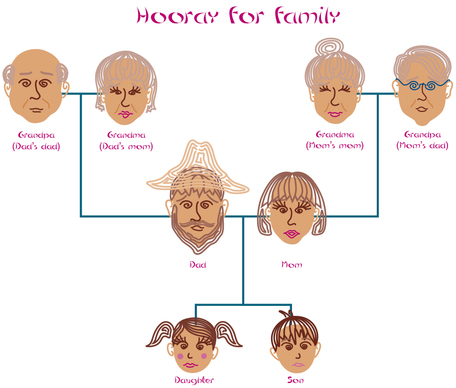
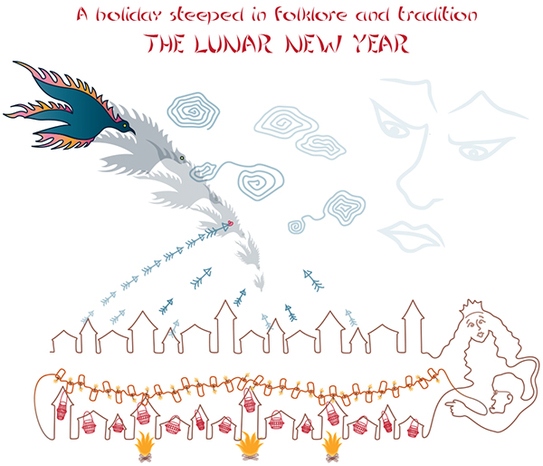
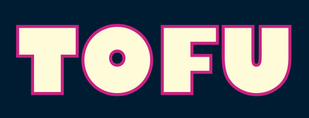

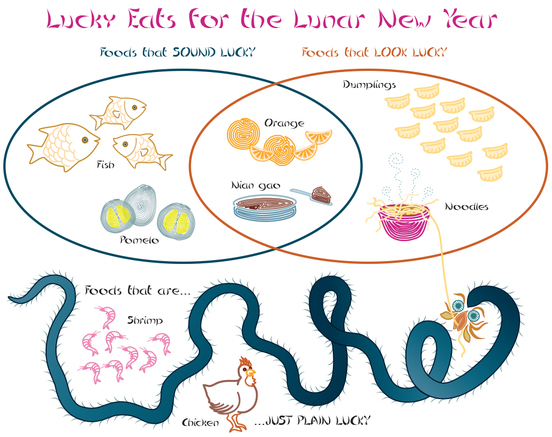
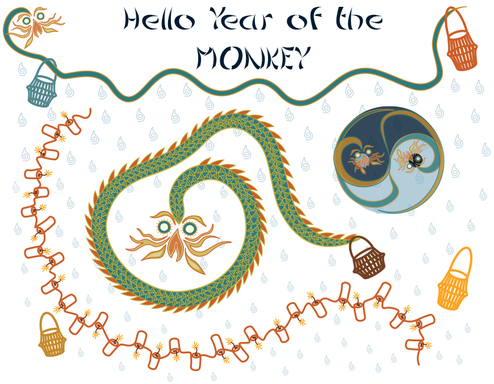

 RSS Feed
RSS Feed
